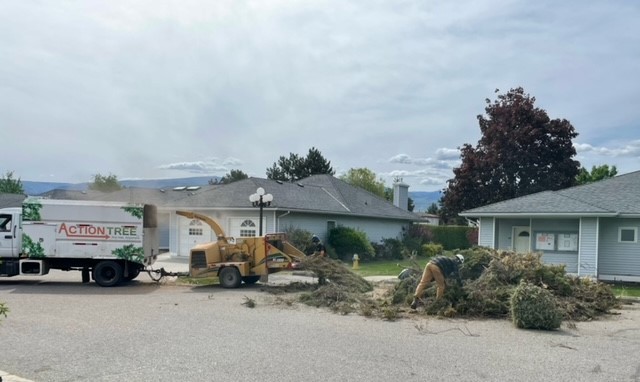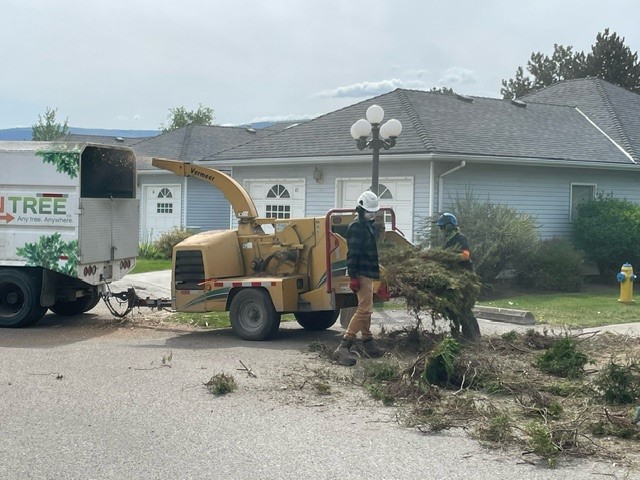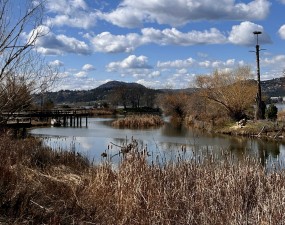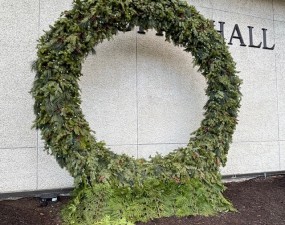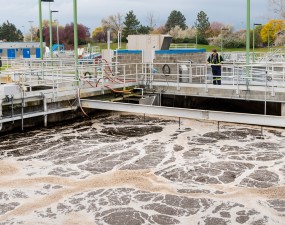Kelowna FireSmart Community Chipping program wraps up third highly successful citizen fire prevention season
Topics
Jul 4, 2024
The 2023 wildfire season was the most destructive in British Columbia’s recorded history and it was devasting for many of us here in the Okanagan, with hundreds of homes lost, thousands of property evacuations, and countless firefighting resources battling blazes for weeks at a time. From the Canada Day fire on Knox Mountain that was rapidly extinguished to the McDougall Creek wildfire that raged for weeks, residents of our region are all too familiar with the dangers of wildfire. Although wildfire season can feel unpredictable, there are many ways we can all prepare and reduce our risks.
2024 is the third year that the City of Kelowna has been helping residents reduce the risk and impact of wildfire on their properties through the FireSmartTM Community Chipping program. Funded by the Province of BC’s Community Resiliency Investment (CRI) program, this citizen wildfire prevention program offers free curbside removal and chipping of highly flammable plant materials, helping to proactively reduce potential wildfire fuel within city limits and near residences. Since the launch of this pilot project, the Chipping Program has resulted in the removal of over 200 metric tonnes of highly flammable debris from community yard spaces, nearly 100 per cent of which was re-purposed as bio-fuels. In 2023, the City was proud to be awarded a Union of B.C. Municipalities Climate and Energy Action Award for the program.
Properly sorted and stacked FireSmartTM materials await curbside removal by City of Kelowna contractors.
According to Peter Stantic, Fire Mitigation Captain for the City of Kelowna Fire Department, “By removing excess flammable plant debris that would otherwise sit in residential yards as a potential fire hazard, residents who participate in the chipping program are taking an active role in helping reduce the risk of impact to their personal property and to their neighbourhood at large.
Residents were quick to engage in the 2024 program, with 135 people enrolling within less than 24 hours. As a result of this year’s chipping program, Kelowna residents have diverted a further 68 metric tonnes of hazardous plant debris – such as pine, fir, spruce and other coniferous plants -- from residences across the city. But, even though the program is officially over for this year, there are many things that residents can do year-round to help our communities reduce the risk and extent of wildfire damage.
“Environment Canada predicts another long, hot summer with dry soil and reduced mountain snowpack that continue drought conditions,” said Dennis Craig, Assistant Fire Chief, Mitigation and Prevention, for the City of Kelowna’s Fire Department. “In addition to the community chipping program -- one of the province’s most significant community fire prevention initiatives -- the City has taken advantage of additional annual FireSmartTM program funding to engage in numerous other fire prevention strategies, including: education, vegetation management, legislation and planning, development considerations, interagency cooperation, emergency planning and cross-training”.
Community fire prevention resources
As a homeowner, you can take many immediate fire prevention steps by simply learning more about managing your lawn and garden and choosing plants and landscaping practices suited to Kelowna’s drier climate conditions. To learn more about what you can do to protect your home from the risk of wildfire damage, visit:
- FireSmartTM Kelowna
- FireSmartTM Community Chipping Program | City of Kelowna
- BC Wildfire Service
- FireSmartTM BC
- FireSmartTM BC – Landscaping Guide
- FireSmartTM Canada
- Public Safety Canada – Get Prepared: Government of Canada shares seasonal outlook, wildfire projections and emergency preparedness measures
Looking for more specific information about FireSmartTM in Kelowna? Connect with us by email at [email protected]
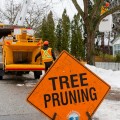 DID YOU KNOW? Among the most combustible plants commonly found in the city's residential yards are coniferous tree and shrub varieties -- such as cedars, firs, junipers, spruce and pine trees. Coniferous plants often highly flammable needles and rough, loose papery bark containing waxes, sap and oils that turn them into tinderboxes during wildfires.
DID YOU KNOW? Among the most combustible plants commonly found in the city's residential yards are coniferous tree and shrub varieties -- such as cedars, firs, junipers, spruce and pine trees. Coniferous plants often highly flammable needles and rough, loose papery bark containing waxes, sap and oils that turn them into tinderboxes during wildfires.


